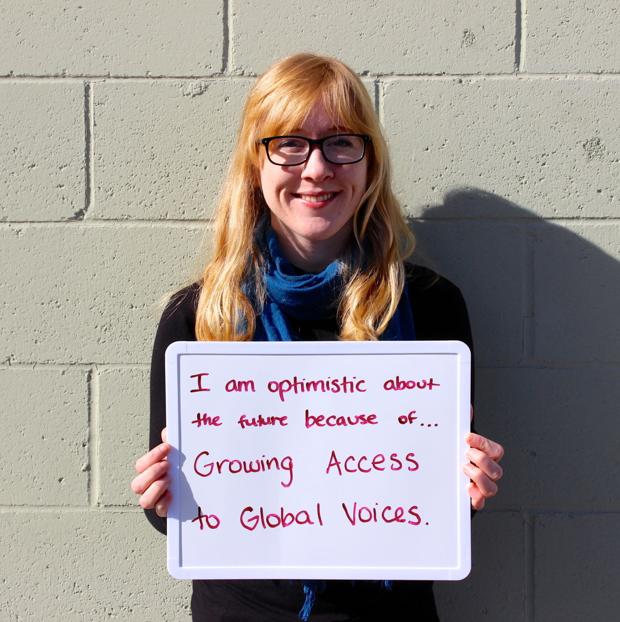Using Phone Tech to Test Water
Published on by Water Network Research, Official research team of The Water Network in Technology
During her year of volunteering with the Peace Corps in the African country, McCracken, 24, learned that even if computer access does not exist, cell phones — and, increasingly, smartphones — are everywhere
That observation, and several others, has influenced her lab work back at the University of Arizona in water resources engineering. McCracken will complete her two-year master's program in agricultural and biosystems engineering in May. She plans to continue work in the field of water supply. 
Her decision to go into the Peace Corps came in part from a desire to see for herself the needs that existed in the world. When she graduated from the UA in May 2013 with a degree in biosystems engineering, she had already spent several years in the lab where she still works. Conversations with her colleagues began turning toward using smart phone functions to test water quality or food samples.
"There was a lot of discussion in the lab that we want to do this because this will be great for people in the quote-unquote third word," McCracken says. "Everyone has an idea of what people need elsewhere, but until you get to know somebody or go to see someplace, you don't really know their situations."
She had an older friend who had traveled with the Peace Corps, and in Tucson McCracken had volunteered with refugee families from Iraq and Somalia.
She wanted to see the world, and so to Tanzania she went.
She learned Swahili and taught high school math and physics in English.
"Whenever you're working abroad or doing aid work, sometimes there's a feeling that, 'I'm going to do something for these people that they need, and it's going to be great for them,'" McCracken says. "But it's more about building capacity ... and asking them, 'Hey, what do you want to do?'"
In her village in central Tanzania, McCracken's focus shifted from water quality to water supply. There was only enough fuel to pump water from the village's single well once a day.
To purify the water, she learned to strain it through a cloth and then place it on the tin roof to be treated by the sun's heat and ultraviolet rays. That method saved fuel.
Source: Tucson
Read More Related Content On This Topic - Click Here
Media
Taxonomy
- Technology
- Water Supply
- Water Management